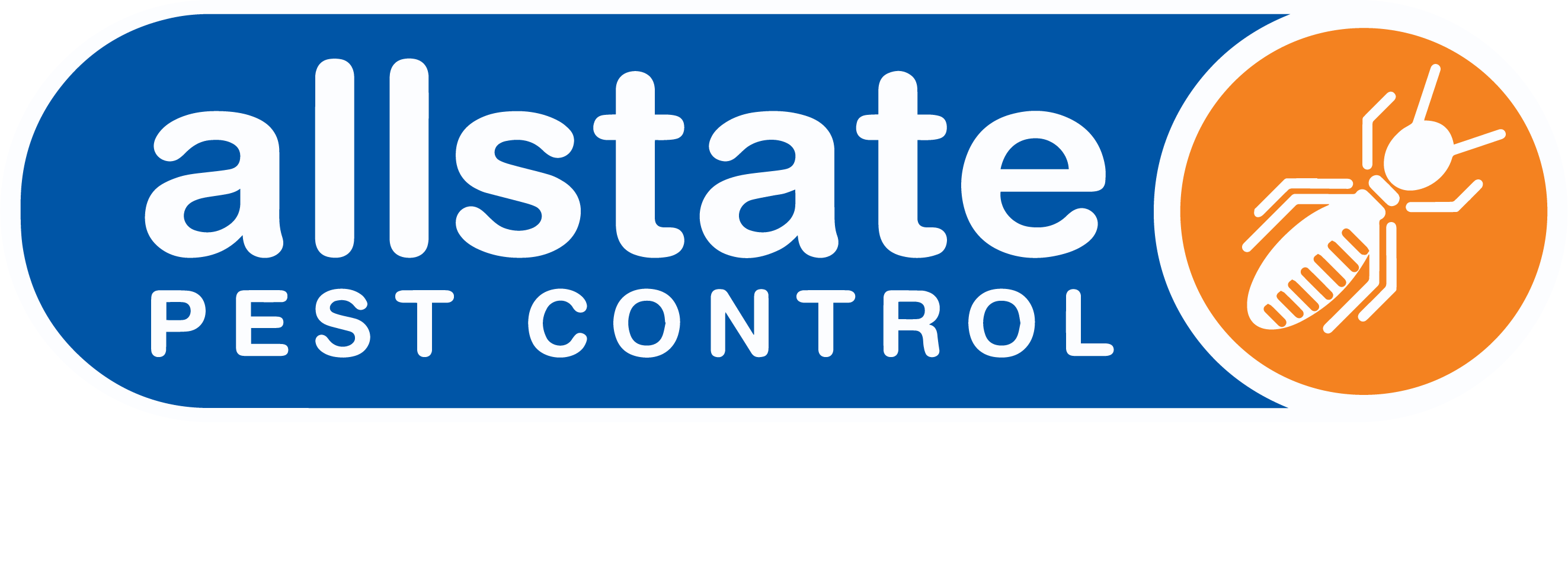The Early Warning Signs of Termites in Your House
Here’s something most homeowners don’t realise: you’re more likely to get termites than a house fire. Yet, many don’t think about termites until there’s visible damage. By then, it’s too late. Repairs from a termite infestation can cost thousands, especially when it hits your timber supports, skirting boards, or door frames.
So let’s talk about the early warning signs of termites in your house, the ones that could save you serious trouble down the track.
At Allstate Pest Control, we’ve seen it all from hidden mud tubes under subfloor timbers to full-blown infestations inside wall cavities. The good news is that if you spot the signs early, you can stop termites before they chew through your home and your peace of mind.
What are the Signs of Termites Infestation in Your Home
1. Clicking sounds from your walls
In a bad termite infestation you may hear clicking coming from your walls. Sometimes the sound is termites munching away, other times it’s the sound of them head banging! The soldier termites bang their head against wood when the colony is disturbed as a danger signal for the rest of the colony.
2. Tight-fitting doors and windows
If it isn’t hot or wet weather making your doors and windows hard to open, it might be termites. When the termites eat and tunnel through doors and windows, they weaken the wood which fills it with moisture. This causes them to warp in much the same way that damp weather does.
3. Flying termites and piles of wings
After three to five years, a termite colony will produce flying termites, who will leave to start a new colony elsewhere. These types of termites are known as swarmers, and you may notice them near lights or windowsills.
You may also notice piles of discarded wings near your doors and windows – a sure sign you need a termite inspection.
4. Mud tubes
Mud tubes are tubes of dirt, wood and debris, and you may notice them outside your home. Subterranean termites live underground, and build these mud tubes as a tunnel between the nest and their food source in your walls.
5. Hollow-sounding timber
Termites eat wood from the inside out, and so in a bad infestation, your walls will sound hollow when knocked. By this stage they would have severely weakened the structural integrity of your home.
How to Spot Termites Before They Eat Half Your Home
The above six signs usually point to a severe infestation, and by that stage, termites have usually caused significant damage to your home.
Fortunately professional termite inspectors have specialised tools and techniques to detect termites when there are no visible signs of them, and well before they have caused any major damage. These tools include listening equipment, moisture metres, a borescope and thermal imaging. Read more about what happens in a termite inspection here.
Protecting yourself from termites
The CSIRO recommends a termite inspection at least every 12 months to protect yourself from the headache and heartache termites can cause. It’s essential you get this inspection with a qualified termite professional who has a reputation for thorough inspections.
At Allstate Pest Control Adelaide, our qualified termite technicians use a set inspection checklist to ensure nothing gets missed. This covers your:
- Interior
- Exterior
- Roof void
- Subfloor
- Any outbuildings
- Grounds
On completion of the termite inspection we explain our findings to you in detail then send you a comprehensive report.
To book in for a termite inspection before it’s too late, chat to us live now or phone us on (08) 6117 1247.
Frequently Asked Questions
How can you tell if you have termites?
Start by looking for mud tunnels – thin, brown tracks crawling up your walls, brickwork, or posts. These tubes act as covered highways for subterranean termites. You might also notice discarded wings, especially around windows or lights, left behind by flying termites (the swarmers). Tap on timber surfaces; if they sound hollow, termites may have already dug inside.
When should I start worrying about termites?
Right now. Don’t wait until there’s severe structural damage. If you see cracked paint, soft wood, or sagging floors, get a termite inspection done. Termites don’t rest or sleep: they work 24/7 in their colonies. A small colony today can turn into a serious termite problem within months.
Do termites get in beds?
Not usually. Termites live in dark, moist environments. But if your bed has timber frames sitting on an untreated floor or close to an infested wall, it’s possible. We’ve seen termites sneak up bedposts before through hidden mud tubes behind skirting boards.
What are the common signs of termite damage in door frames?
You might see bubbling paint, tight doors, or fine dust near hinges. When you press on the timber, it may feel soft or hollow. In some cases, the wood splits open easily, revealing the tunnel networks built by worker termites.
How do I detect termite infestation without seeing live termites?
You don’t always see them. But termite signs can show up in subtle ways: mud tunnels along concrete, faint clicking noises inside walls, or odd termite droppings that resemble fine sawdust. If something doesn’t feel right, trust your instincts. Termite activity often hides in plain sight.
